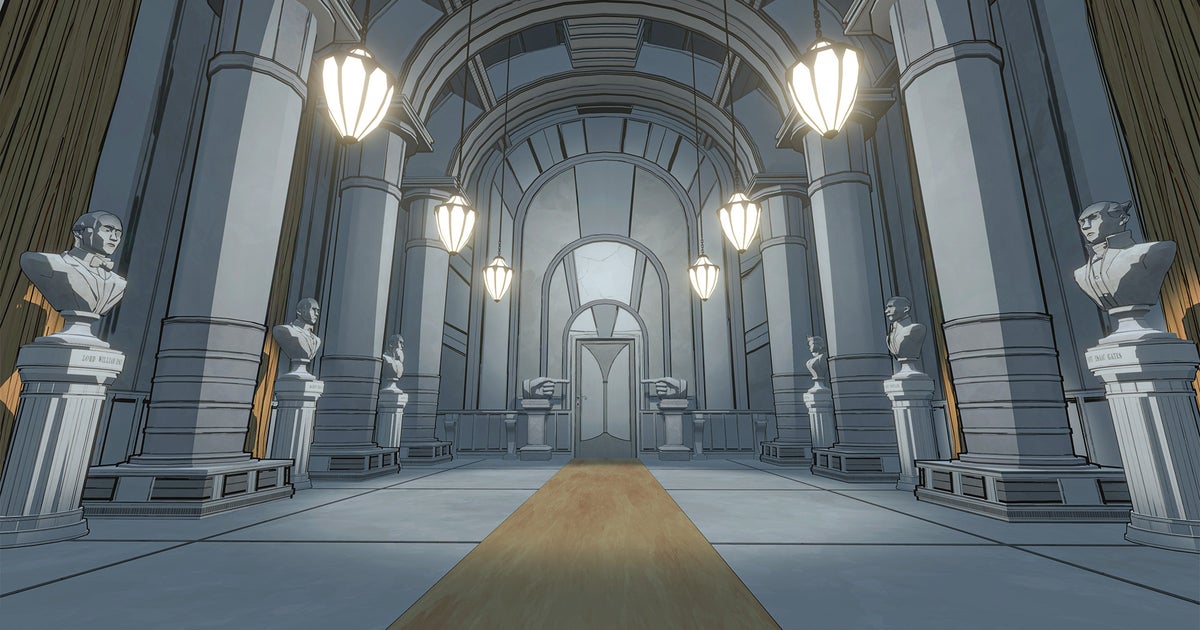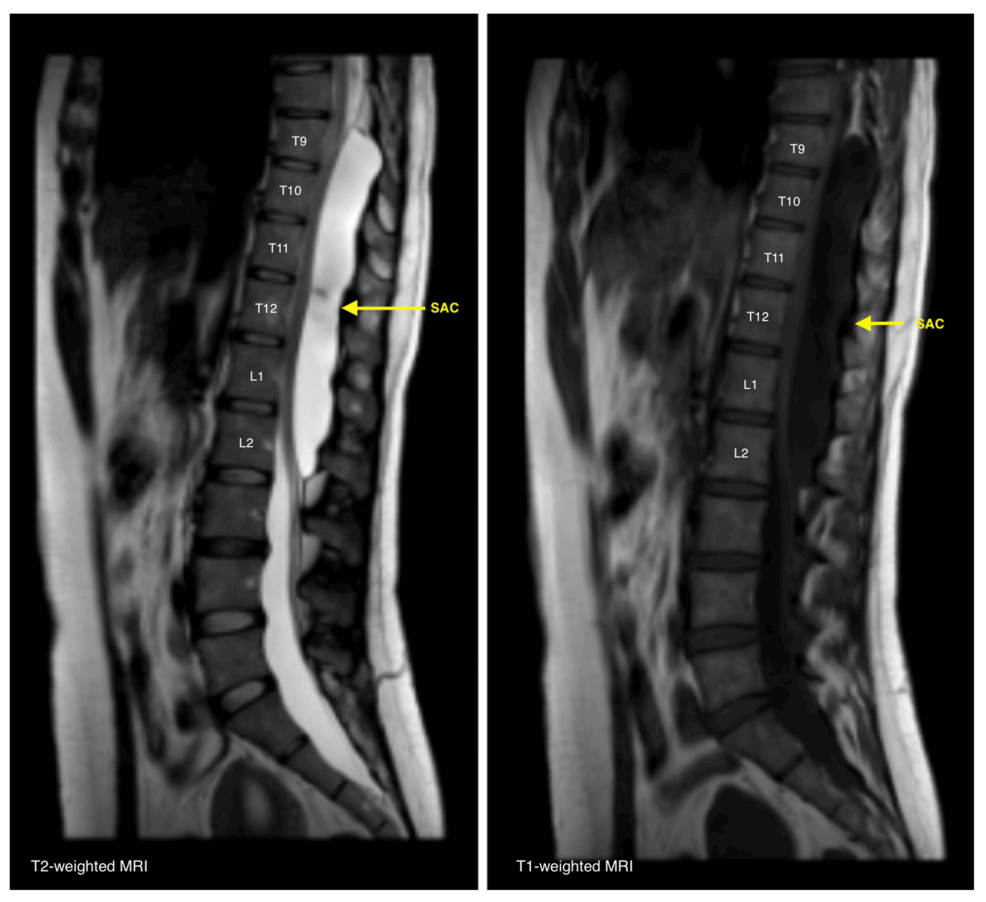Team Lineups
home team, England
Starting lineup
- Number 15,
M Smith
- Number 14,
Freeman
- Number 13,
Lawrence
- Number 12,
Dingwall
- Number 11Continue Reading

Not all data is created equal and Google might have figured this out
Continue Reading

Fortnite OG Butterfly Live Event Recap: Everything You Need to Know
Fortnite OG just aired its latest Butterfly event, which brought some interesting changes to the vintage Island. Despite its lower popularity, the classic version of Fortnite’s Battle Royale experience continues to receive unique…
Continue Reading
Rheinmetall AG (RHM:CA) Q3 2025 Earnings Call Transcript – Seeking Alpha
- Rheinmetall AG (RHM:CA) Q3 2025 Earnings Call Transcript Seeking Alpha
- Financial report for Q3 2025 – Rheinmetall shows steady growth Rheinmetall
- Rheinmetall (RNMBF) Stays on Track Amid Order Delays GuruFocus
- Rheinmetall on track for FY25 targets as backlog rises 22.9% Army Technology
- Rheinmetall looks to international partners as its sales grow Shephard Media
Continue Reading

The team behind Blue Prince puts out a call to get one of the puzzle game’s devs a life-saving kidney
Slightly serious one here folks! The studio behind Blue Prince, one of this year’s best received games, is asking for some help for one of their lead playtesters, Matthew “Iggy” Kowalski. As shared on Bluesky, Iggy has…
Continue Reading

Embedding Atlas: Apple’s Open-Source Tool for Exploring Large-Scale Embeddings Locally
Apple has introduced Embedding Atlas, a new open-source tool for visualizing and exploring large-scale embeddings interactively. Designed for researchers, data scientists, and developers, the platform provides a fast and intuitive way to…
Continue Reading

Air pollution linked to accelerated Alzheimer’s disease
Exposure to air pollution is connected with worsening Alzheimer’s disease, including faster and more aggressive cognitive impairment, according to a new study published in JAMA Neurology this September.
Researchers at the University of…
Continue Reading

Sunderland 2 – 2 Arsenal – Match Report
An injury-time goal from Brian Brobbey denied us an 11th straight victory in all competition as we shared the points with Sunderland in a topsy-turvy affair.
Our quest to set a new club record of nine successive clan sheets ended when Dan Ballard…

